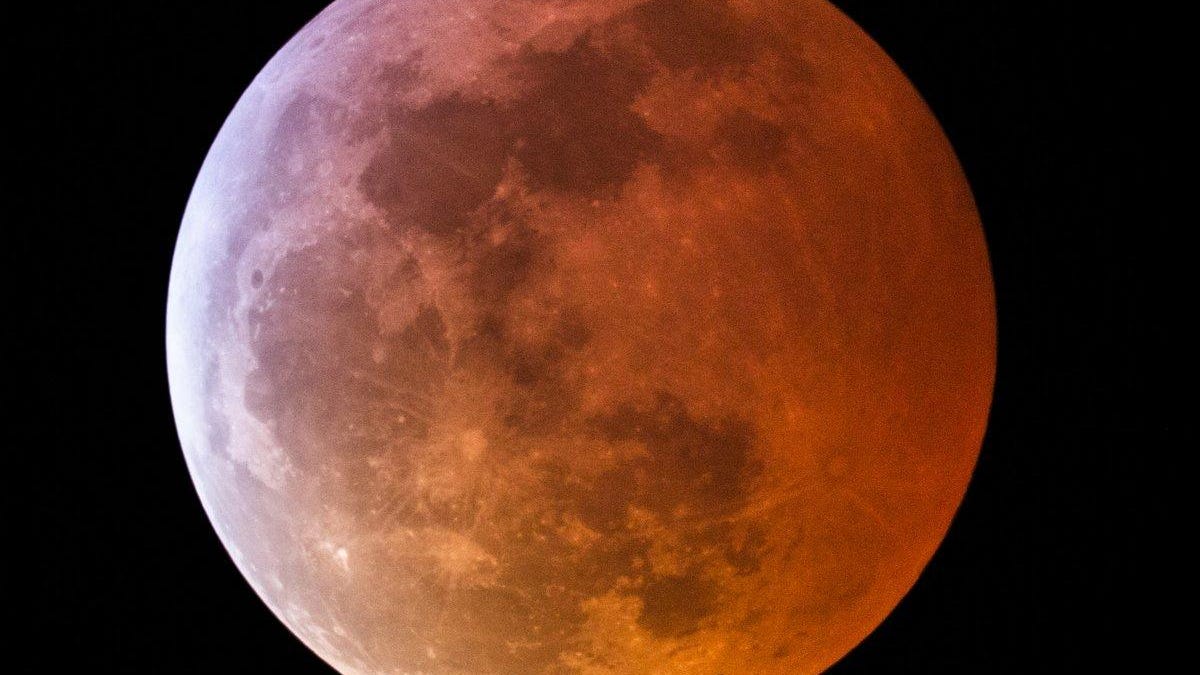Asteroid that hit the moon during eclipse was a repeat
The "super blood wolf moon" struck on Jan. 21 -- and was struck itself by a space rock. And it wasn't even the first time.

NASA software engineer Kevin Gill followed the super blood wolf moon eclipse from Los Angeles, sharing this rosy look at the moon in all its glory.
Kevin GillAs if a total lunar eclipse and supermoon falling on the same night weren't enough, last month's celestial event was capped off with the blast of an asteroid as it smacked the moon.
But the cosmic coincidences don't stop there. It turns out that the exact same thing happened 19 years earlier, to the day.
On Jan. 21, 2000, an asteroid was caught hitting the moon in the midst of a rare "super blood wolf moon." Sound familiar?
Italian astronomer Costantino Sigismondi witnessed the impact during the 2000 eclipse and wrote a short paper comparing the two events that's available on Cornell University's Arxiv server.
While some might suggest such an odd alignment of events to be a sign of some sort, Sigismondi points to the one thing that was happening on both dates: the annual Sagittarids/Capriconids meteor shower.
This isn't a popular or well-known meteor shower because most of the tiny bits of space debris are burned up in the atmosphere in the daytime when they're almost impossible to see.
But it could be that a particularly big chunk from the debris cloud that the Earth drifts through each January missed our world and instead smacked into the trailing moon that was in perfect alignment with the planet and star it circles. Actually, this could happen every January, but we just happen to be watching more closely during a total lunar eclipse.
Regardless, the lesson is clear: We should all be taking more time to look up because we're probably missing a heck of a lot.

